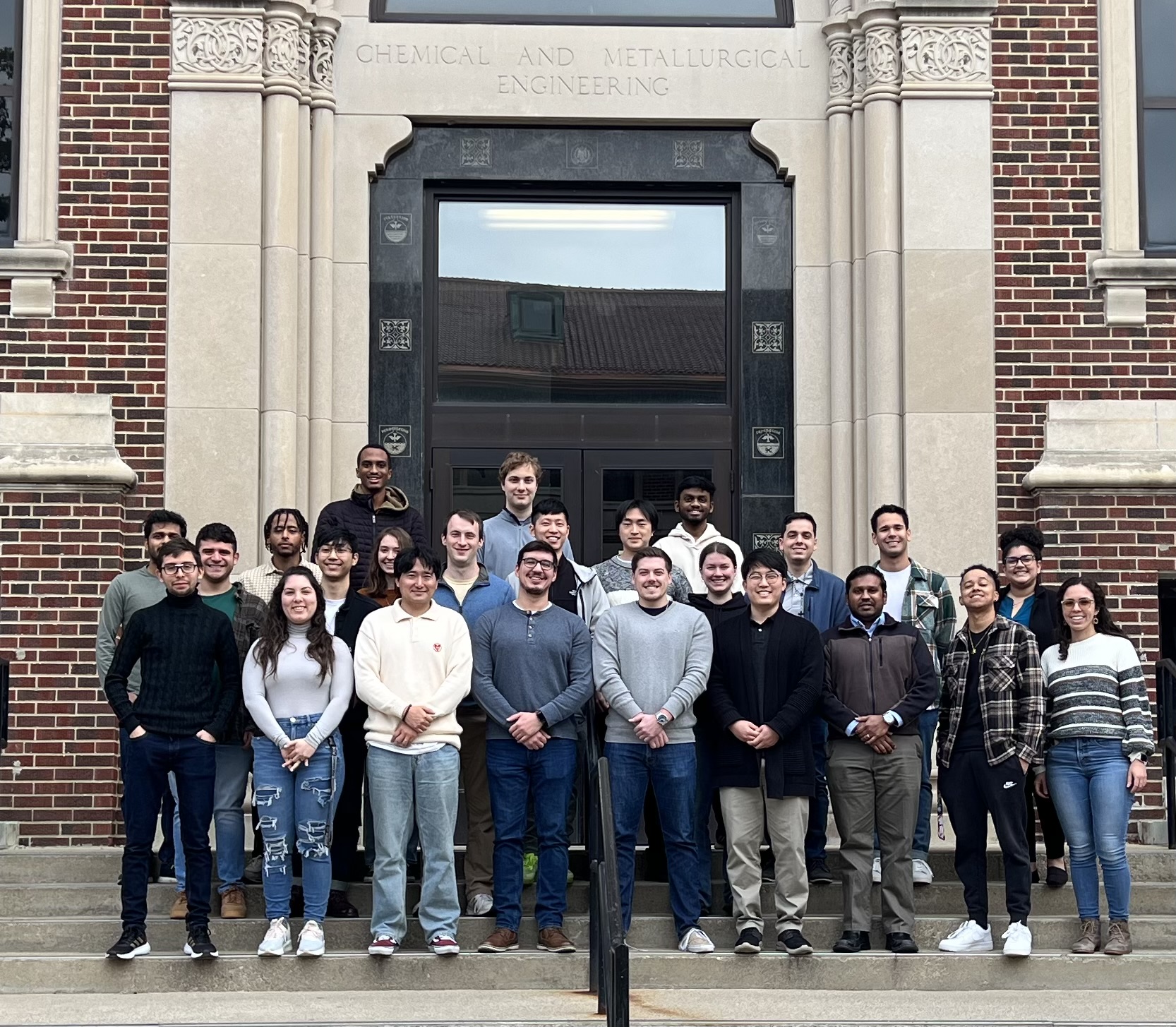........................ 
The Gounder group combines state-of-the-art methods in the synthesis of catalytic materials, the structural and functional characterization of active sites (during reaction when possible), and the quantitative evaluation of kinetic function and mechanistic behavior. We use this integrated approach to study active site requirements and reaction mechanisms. We collaborate with other theoretical and experimental groups in academia, and research teams in national laboratories and industrial organizations. Our overarching goal is to use insights from experiment and theory to develop structure-function relations to predict how reactant and catalyst structures determine reactivity and selectivity, and to guide catalyst design and selection for various applications.
We are particularly interested in zeolites and molecular sieves, which confine catalytic active sites within ordered void spaces (e.g., channels, cages, pockets) of molecular dimensions (typically less than 2 nm). Zeolites are ubiquitous as catalysts in the energy and chemical industries, often chosen for applications based on the ability of their pore structures to selectively allow or prevent reactants, products, or transition states from accessing active sites (i.e., shape selectivity). Molecular sieves, however, are remarkably diverse in structure beyond their framework topology. Oftentimes, materials with identical bulk structure and composition, but prepared via different synthetic routes, show dramatic differences in catalytic behavior reflecting the diversity present at atomic and molecular length scales. We study how the structure-directing agents used to guide zeolite crystallization can be used to manipulate the atomic arrangement of active sites, and how synthetic and post-synthetic methods can modify their surrounding environments, to influence catalytic behavior for hydrocarbons and oxygenate reactions to upgrade shale gas and renewable biomass resources to chemicals and fuels.
We also study the kinetics and mechanisms of catalytic reactions occurring within confined spaces. The properties of both binding sites and their surrounding environments influence catalysis, in ways that allow synthetic catalysts to show catalytic specificity reminiscent of enzymes and to mediate reactions without precedent in biological catalysis. Our research has provided new mechanistic insights into the function of materials at the interface of heterogeneous and homogeneous catalysis, through studies of industrially-used Cu-zeolites for nitrogen oxide reduction with ammonia. Metal ions supported on zeolites change structure during reaction to form homogeneous-like complexes that are tethered electrostatically to the support, endowing sufficient mobility to enable dynamic and reversible formation of multinuclear complexes during steady-state catalysis.



